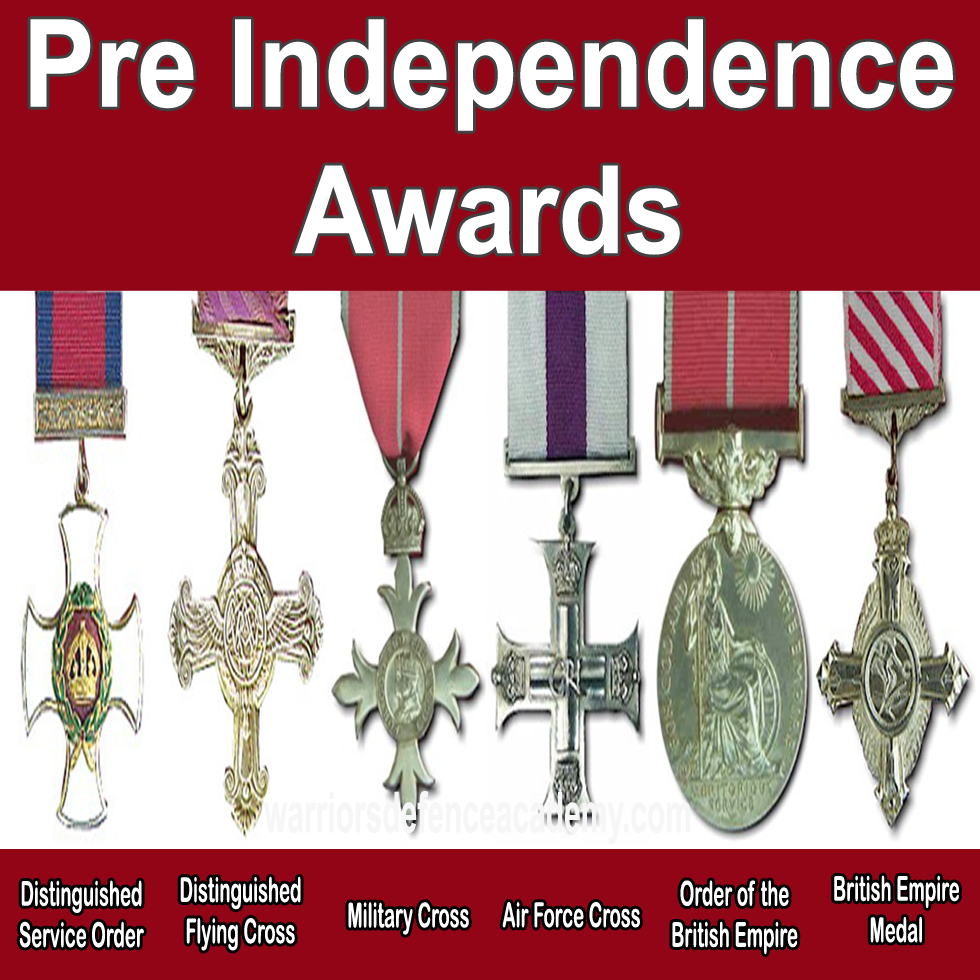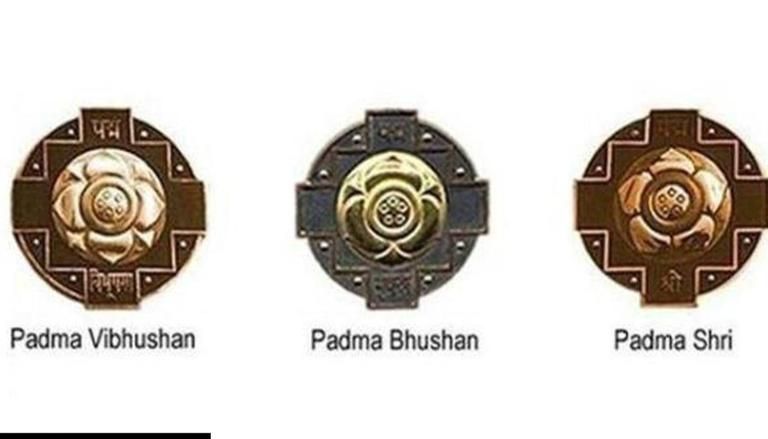Awards: Best NDA Coaching in Lucknow
| Even before the Indian Air Force was formed, Indian Aviators like Indra Lal Roy and S Welingkar made their mark in the Royal Flying Corps and the later Royal Air Force, The British Empire even honoured these pioneer Aviators with the Distinguished Flying Cross and the Military Cross. Right from the year 1933 to the advent of Independence, All the IAF members were eligible for the British system of Honours and Awards, They were eligible like their counterparts of the IAF to be awarded the VC, DSO, DFC and other awards as might have been appropriate, After Independence, India constituted its own Gallantry awards when it turned a Republic in 1950. Following the British pattern of awards, the Indian system incorporated a three-tier system. Foremost in precedence is the Param Vir Chakra, followed by the Maha Vir Chakra and the Vir Chakra, all given for gallantry on the battlefield. At the same time, there were Awards granted for bravery and courage away from the battlefront, The Ashoka Chakra, Kirti Chakra and the Shaurya Chakra, These awards can be made to any member of the armed forces as well as civilians in the war effort or during peacetime. A Separate range of decorations was instituted for Service and Leadership during wartime, These were the Vishist Seva Medals which were also awarded during peacetime for distinguished service, to remove confusion between both, In 1981, the Yudh Seva Medals were instituted. |

Pre Independence
Even before the Indian Air Force was born, Indian flyers had shown their mettle in First World War and were duly recognised with awards of 1 DFC and 1 MC. It was only natural that more laurels followed whenever Indian aircrew saw action in other conflicts. The Royal Indian Air Force flew operations against the tribals of North Western Frontier Province in the late 30s followed by four years of continuous action on the Burma front against Japan. Some of its aircrews were deputed to the RAF and saw action in Europe, North Africa and elsewhere. Their contributions were amply recognised and several members received gallantry and service awards from the British. By 1947, the fledgling Indian Air Force had received one DSO,24 DFCs and 2 AFCs for its part in helping the allied war effort against the Axis powers. Article Count: 6
Gallantry Awards (War)
When India became a republic, India constituted its own Gallantry Award for bravery in Combat. Foremost was the Param Vir Chakra, followed in precedence by the Maha Vir Chakra and the Vir Chakra. The Indian Air Force also awards the Vayu Sena Medal (VM) for acts of bravery and service during wartime wherever it seems the award of the VrC is not justifiable.
Gallantry Awards (Peace)
The Indian Peacetime Gallantry Awards were constituted on similar lines to the British Awards of the George Cross. These awards comprised the Ashoka Chakra, The Kirti Chakra and the Shaurya Chakra. All three awards are given for showing conspicuous gallantry or bravery but away from the Battlefield. In effect, these awards were given for counter-insurgency operations and other situations where the awardee is not necessarily in the Field of the Battle. Initially, the three awards were known as the Ashoka Chakra Class 1, Ashoka Chakra Class II and Ashoka Chakra Class III. After 1967 they were renamed the current Ashoka, Kirti and Shaurya Chakras.
Service Awards
Though the Gallantry awards were instituted as early as 1950, The need to have decorations that would be a recognition to service rendered was felt by the end of the fifties. Accordingly, in 1960, The Vishist Seva Medals (Special Service Medals) were instituted for exceptional service and leadership rendered in the armed forces. The awards were classified into three classes, named the VSM Class 1, VSM Class 2 and VSM Class 3. In 1967 they have renamed the Param Vishist Seva Medal (PVSM), Ati Vishist Seva Medal (AVSM) and the Visit Seva Medal (VSM). These awards were given in recognition of service rendered in administrative or operational capacities during peacetime. Unlike the Gallantry Awards which were awarded in most cases for specific incidents of gallantry, the Service awards cannot be given for individual and specific incidents. They can be given more in line with continuous and sustained effort in their service. The VSM medals were awarded to commanders on the battlefield as well as the top administrative and staff officers away from the battlefield for service during wartime. Since there was no way to distinguish between the peacetime awards and the wartime awards, In 1980, The Yudh Seva Medals were constituted. The Sarvottam Yudh Seva Medal (SYSM) is the topmost in precedence, followed by the Uttam Yudh Seva Medal (UYSM) and finally the Yudh Seva Medal (YSM). Unlike the Vishist Seva Medal which was lower in precedence than the Sena/Vayu Sena/Nao Sena Medal, the Yudh Seva Medal was higher in precedence than the VM.





















